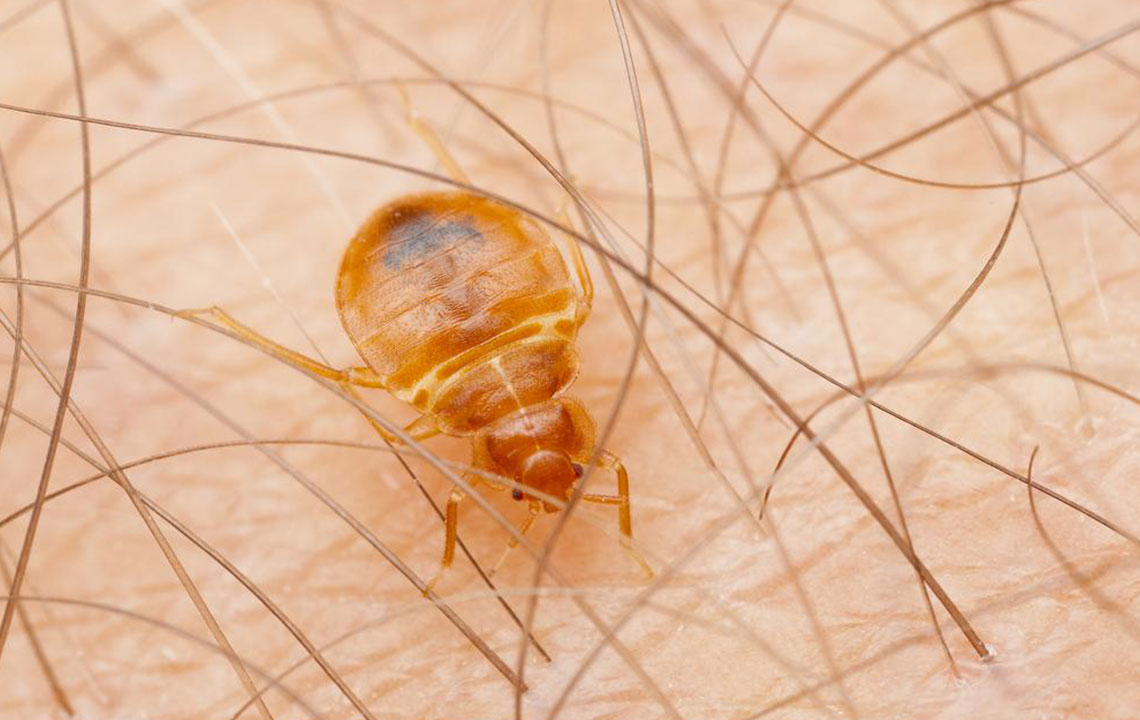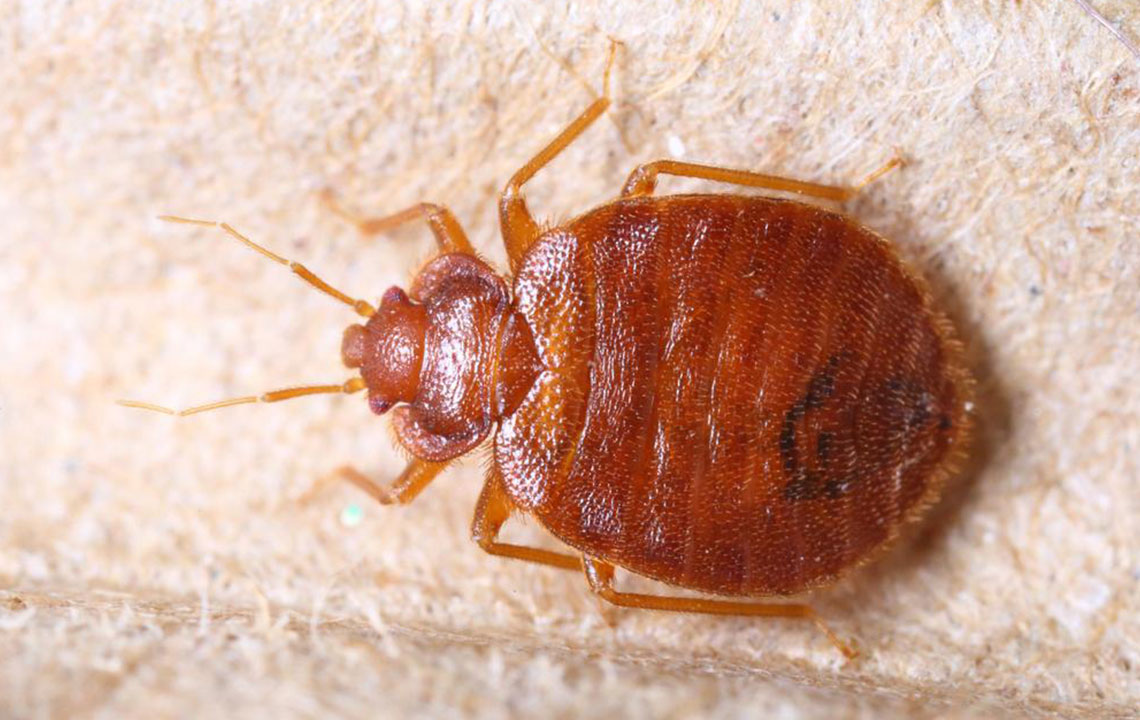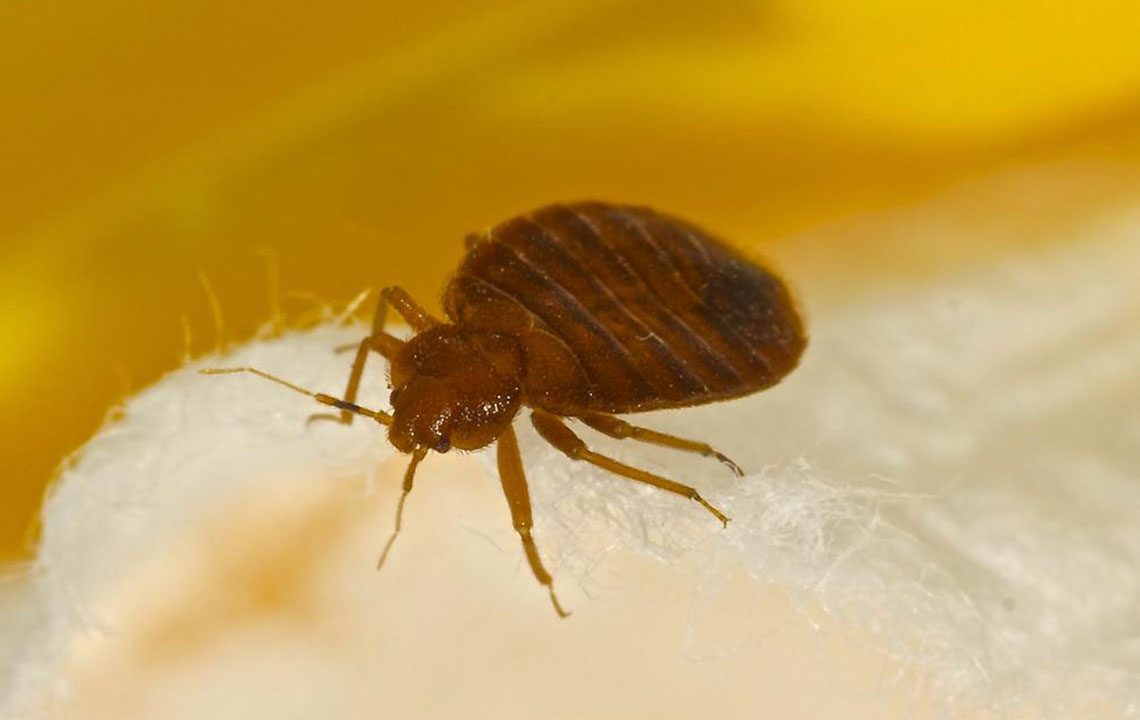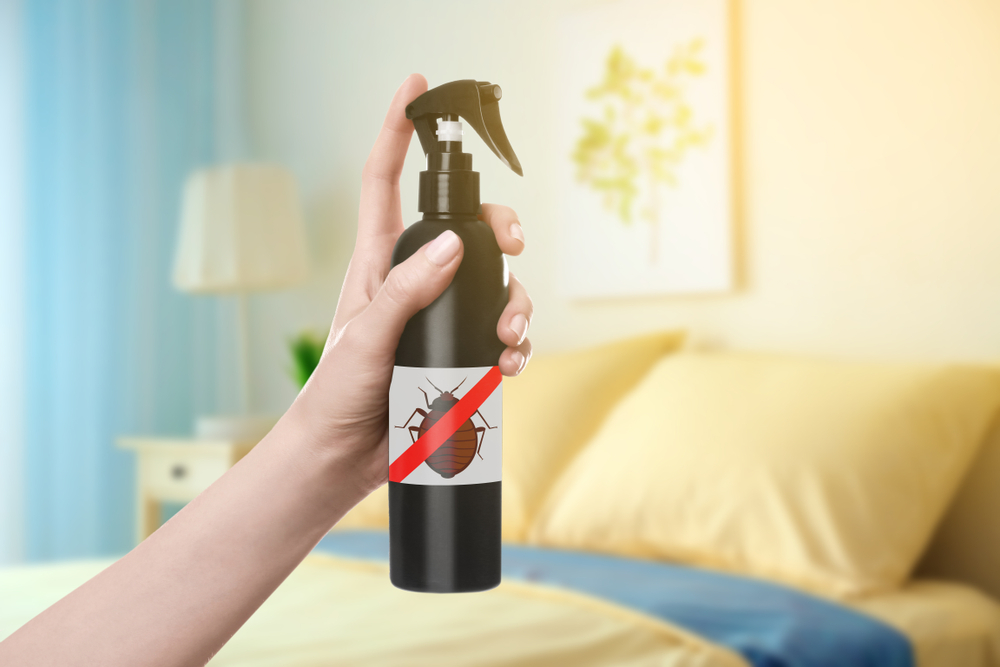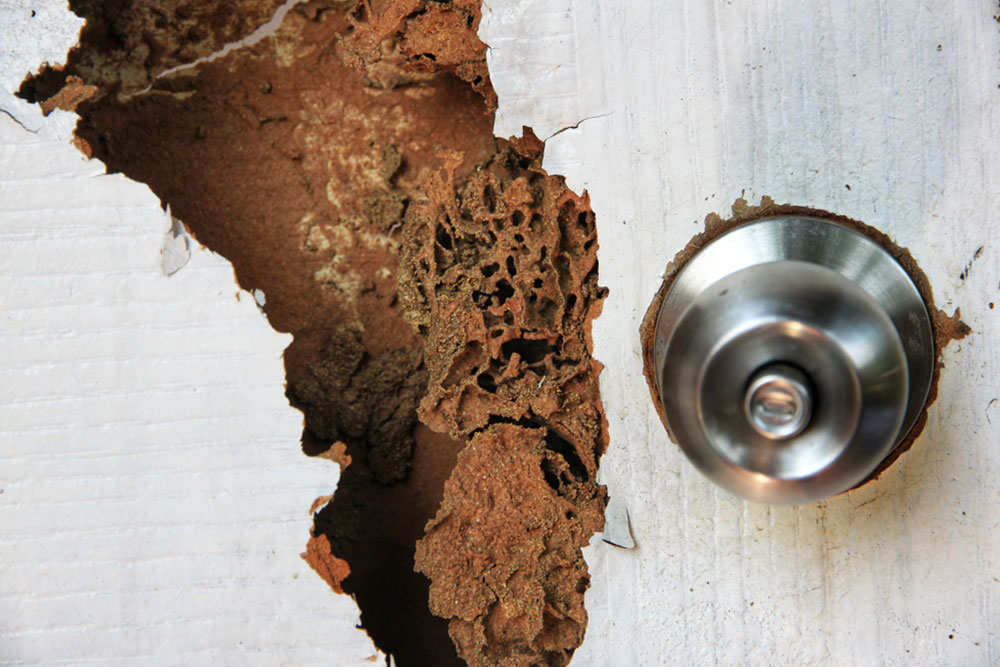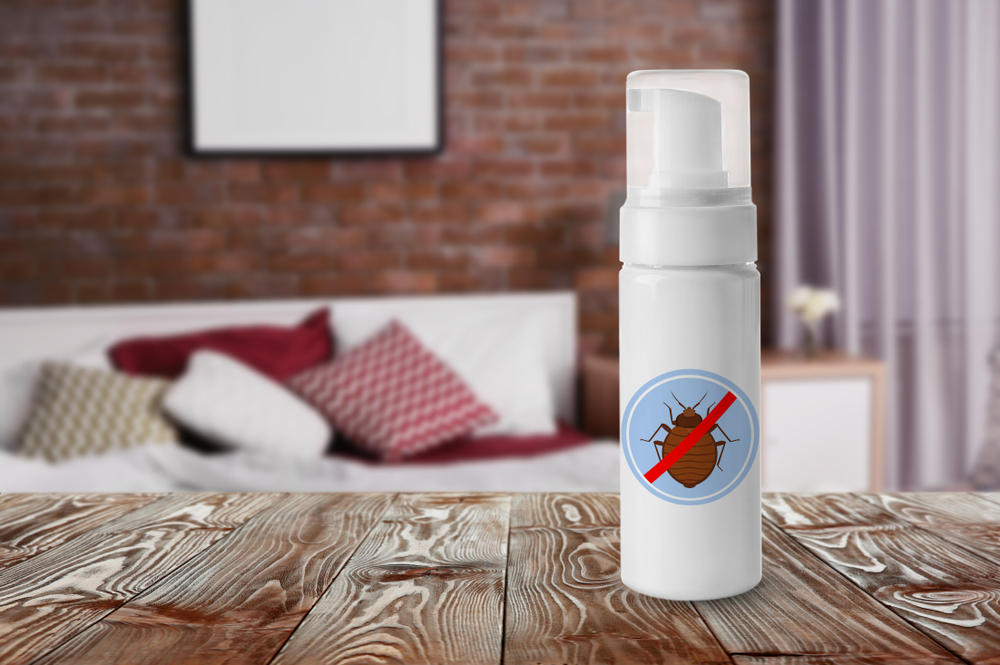Understanding Tree Infestation: Types, Symptoms, and Solutions
This article covers key aspects of tree borers, including common types, signs of infestation, and effective control measures. It emphasizes identification techniques and prevention tips to maintain healthy trees. Whether you're managing orchard trees or ornamental plants, understanding these pests helps protect your greenery from significant damage and ensures long-term vitality.
Sponsored
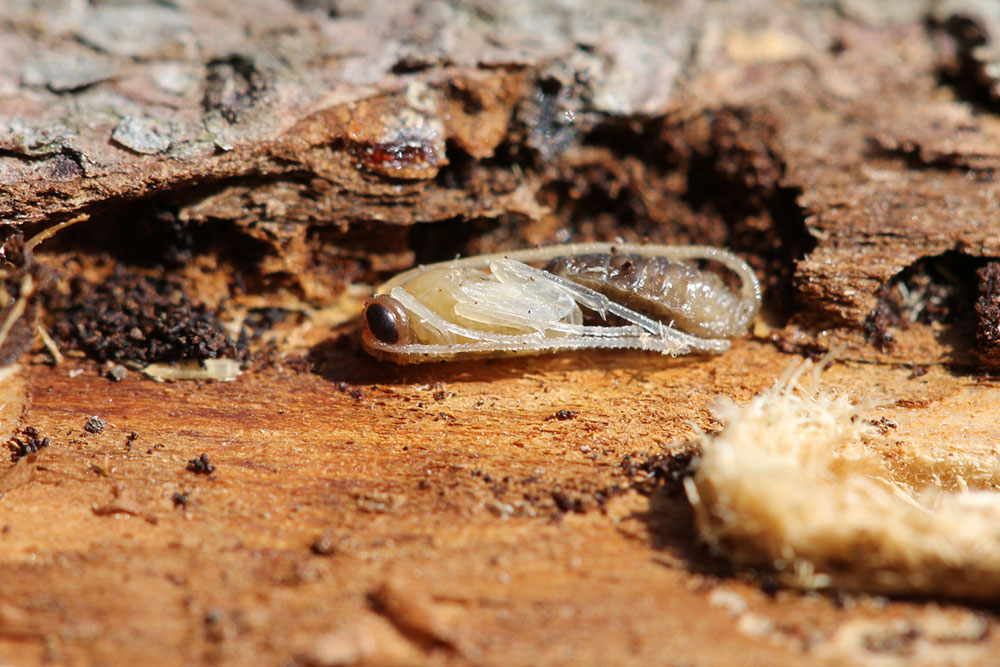
Wood-boring insects, commonly known as tree borers, target trees and woody plants, feeding on their tissues. Various insects, including beetles, moths, and wasps, along with their larvae, are classified as wood borers. These pests can be primary invaders, attacking healthy trees, or secondary invaders that infest weakened or dead ones. Identifying the specific type of borer and infection signs is key to effective control.
Major Types of Tree Borers
Flat-headed wood borers — Large beetles that mainly target stressed or recently transplanted trees. Known for their metallic sheen and boat-shaped bodies, they cause distinctive oval or flattened holes in wood.
Round-headed borers — Also called longhorn beetles, these have prominent antennae and attack weakened or dead trees. Their larvae create round-shaped tunnels, leaving behind sawdust-like frass and sap on tree surfaces.
Weevils — Unlike other borers, they bore hollow cavities, often at the base or roots, damaging the structural integrity of woody plants.
Wood-boring moth larvae — These caterpillars hatch on tree bark, tunneling into the wood and feeding internally, often called clearwing borers due to their adult moths' appearance.
Signs of Borer Infestation
Holes in the wood — Rounded, oval, or semicircular entry points created by tunneling insects.
Frass accumulation — Sawdust-like debris around affected areas, indicating active feeding.
Branch dieback and bark cracking — Damage to inner bark disrupts nutrient flow, causing branches to die and bark to fracture.
Gum exudation — Sap oozing from tunnels, often seen in fruit trees like peaches and mangoes.
Control and Remedial Measures
Chemical treatments — Applying specific insecticides or soil drenches can eliminate active borers, but adherence to regional pesticide regulations is essential.
Pruning affected limbs — Removing infested branches reduces pest spread and damage. Consulting a tree specialist ensures proper technique.
Manual removal — For moth larvae, inserting fine wires into tunnels can kill larvae without chemicals, though labor-intensive.
Tree replacement — Severely damaged trees should be removed and replanted to prevent ongoing infestation.
Prevention Tips for Tree Health
Proper tree care — Maintain adequate watering, nutrition, and avoid stress, especially for young or recently transplanted trees.
Select resistant species — Choose tree varieties less susceptible to local borer species for new plantings.
Avoid physical injury — Protect trees from lawn equipment and repair wounds immediately to prevent entry points for pests.

